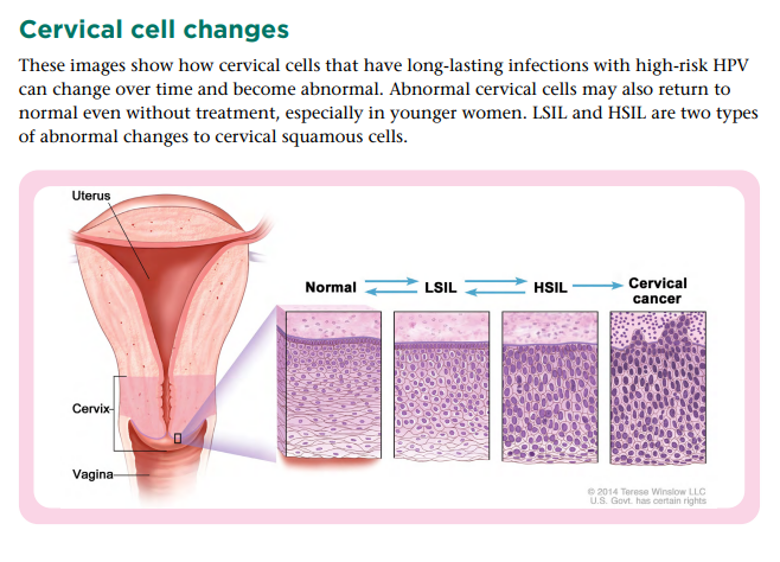Cervical Cancer
- Diversity Health NetWoRx

- Mar 25, 2023
- 2 min read

Cervical cancer can often be found early, and sometimes even prevented, by having regular screening tests. If detected early, cervical cancer is one of the most successfully treatable cancers.
What Is Cervical Cancer?
Cervical cancer is a type of cancer that occurs in the cells of the cervix — the lower part of the uterus that connects to the vagina.
What Causes Cervical Cancer?
Having a weakened immune system: This can lower the body’s ability to fight HPV infection and other diseases. HPV infections are more likely to be persistent and progress to cancer in people who are immunocompromised than in people who are not immunocompromised. You may be immunocompromised if you:
Have HIV infection or another disease that weakens the immune system.
Take medicine to suppress your immune response, such as to prevent organ rejection after a transplant, to treat an autoimmune disease, or to treat cancer.
Smoking or breathing in secondhand smoke: Those who either smoke or breathe in secondhand smoke have an increased risk of developing cervical cancer. The risk increases the more a person smokes per day and the longer a person has smoked. Learn about different tools to help you quit smoking and how to use them.
Becoming sexually active at an early age: The risk of high-risk HPV infection that is persistent and ultimately leads to cervical cancer is higher in people who become sexually active before age 18 and in those who have had multiple sexual partners. This sexual history increases the chances of exposure to high-risk HPV.
Other reproductive factors: Both the use of oral contraceptives (birth control pills) and giving birth to many children have been found to be associated with cervical cancer risk. The reasons for these associations are not well understood.
Treatment for Cervical Cancer
Cervical cancer treatments include surgery, chemotherapy, and radiation therapy. If your doctor says that you have cervical cancer, ask to be referred to a gynecologic oncologist—a doctor who has been trained to treat cancers of a woman's reproductive system. This doctor will work with you to create a treatment plan.
What Does The Cervix Do In A Female?
What is the purpose of your cervix? Your cervix is a passage that allows fluids to flow inside and out of your uterus. It's also a powerful gatekeeper that can open and close in ways that make pregnancy and childbirth possible.
Cervical Cancer Quick Facts
Each year in the United States, about 13,000 new cases of cervical cancer are diagnosed and about 4,000 women die of this cancer.
Hispanic women have the highest rates of developing cervical cancer.
Black women have the highest rates of dying from cervical cancer.
Cervical Cell Changes

Cervical Cancer Resources
Understanding Cervical Changes: A Health Guide | National Cancer Institute







Comments